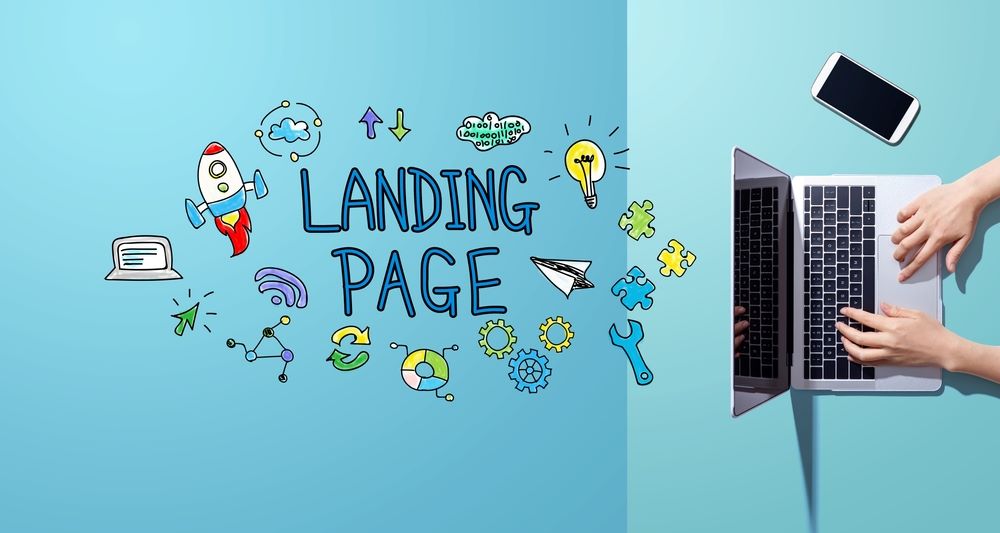
Stu Eddins
March 6, 2024

Let’s say I searched Google for an answer, and your ad was at the top of my results. I clicked on the ad, costing you $3.89. Now, I’ve arrived at your landing page. For just a brief moment, you’ve got my attention.
What happens next is entirely up to you.
Ads and other offsite content can capture attention and steer users to your site, but it’s up to the landing page to convert interest into action. Arguably, the landing page is the most important part of any campaign.
Let’s take one step back and answer the question, “What is a landing page”? A landing page is simply the first page a visitor sees when they enter your site. By that definition, any page could be a potential landing page, and that’s right. For our discussion “landing page” refers to the page an ad click or other marketing traffic is directed to.
In this blog series, we will look at three critical factors that contribute to the makeup of effective landing pages, and by extension, allow campaigns to be successful.
There are a lot of opportunities to improve most landing pages. The average landing page is populated with unfocused content and indirect, less-than-motivating calls to action. The bar is low, and marketers who put work into their landing pages will be head and shoulders above the competition.
In summary, landing pages must do the heavy lifting of converting interest into valuable action. The prospect showed interest by clicking on your ad or on a hyperlink in an article you wrote. If we equip our landing pages with meaningful content and clear instructions on how to take a next step, it’s certain that our marketing will yield better outcomes.